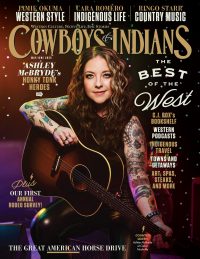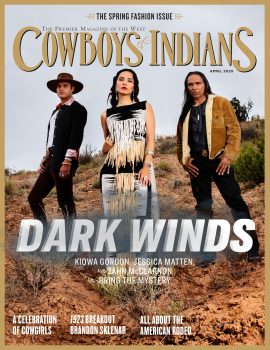In the new Disney take on the classic western series, Armie Hammer dons the hero’s mask and Johnny Depp gets his Tonto on.
Generations have thrilled to the William Tell overture not because Rossini wrote such a rousing piece of music but because his famous galop could only mean one thing: Another episode of The Lone Ranger was on TV. A masked man astride a beautiful white horse galloped across the black-and-white television screen. The rider elegantly moved his steed into a full rear. From 1949 to 1957 and in countless reruns since, those well-loved scenes meant you were in for true Western adventure.
“A fiery horse with the speed of light. A cloud of dust, and a hearty ‘Hi-yo, Silver!’ The Lone Ranger,” the narrator intoned at the opening of every episode. “With his faithful Indian companion, Tonto, the daring and resourceful masked rider of the plains led the fight for law and order in the early West. Return with us now to those thrilling days of yesteryear. The Lone Ranger rides again!”
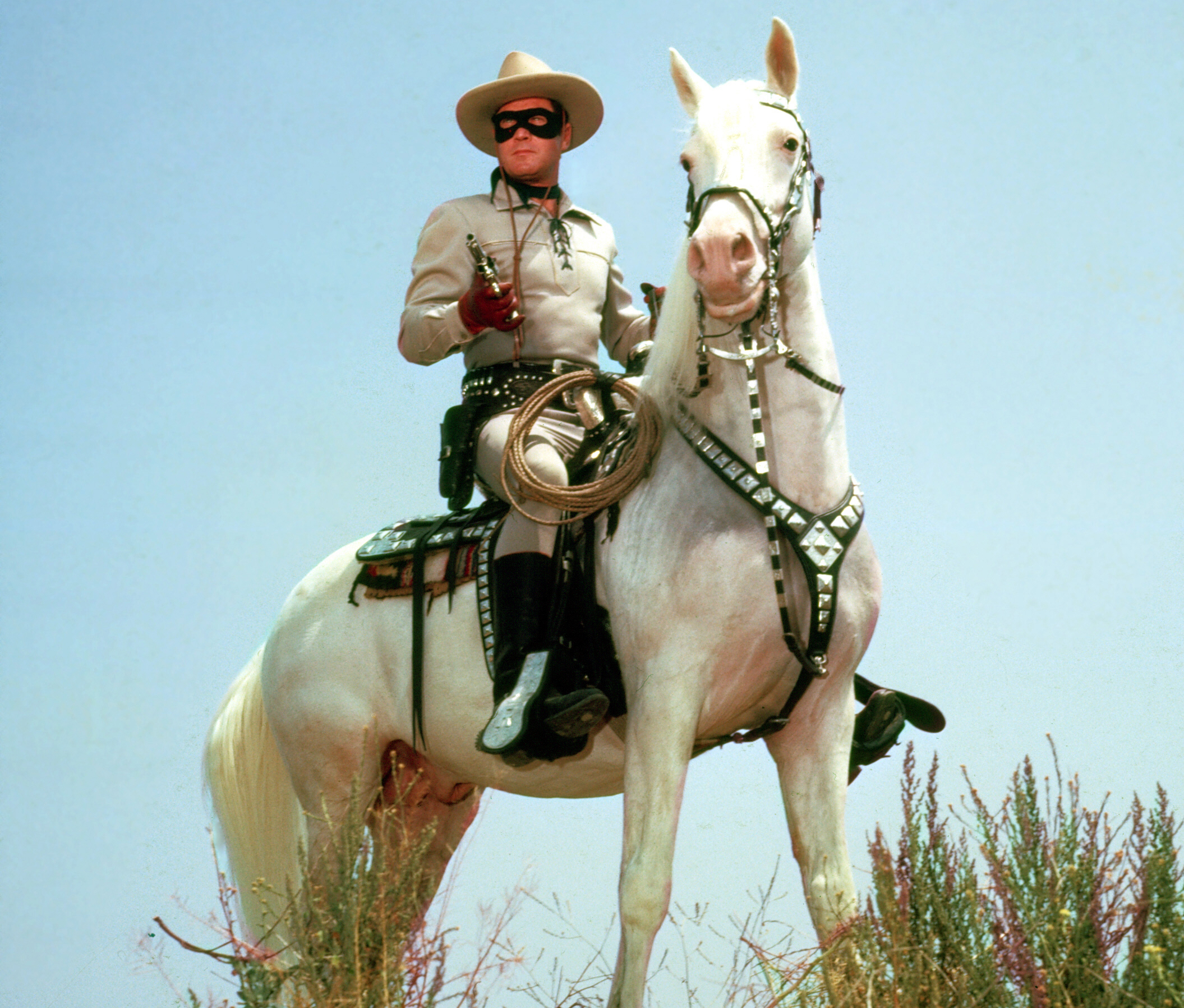
And indeed he does. Eighty years after it debuted on Detroit’s WXYZ as a children’s radio show (created by either station owner George Trendle or writer Fran Striker) and more than 60 years after it successfully transitioned to a weekly TV show on ABC, the story of the masked hero is riding again onto the big screen. Set to open July 3 in theaters across the country, the new Lone Ranger casts Armie Hammer as John Reid, the mysterious masked Lone Ranger, and Johnny Depp as Tonto, Reid’s American Indian partner in justice-seeking.
This Disney rendition is billed as a full-tilt action-packed “buddy comedy.” You’d expect nothing less from producer Jerry Bruckheimer and director Gore Verbinski, the filmmaking team behind the blockbuster Pirates of the Caribbean franchise starring Depp as the irascible Capt. Jack Sparrow. (Depp also worked with Verbinski a couple of years ago on the Academy Award-winning whimsical animated western Rango, for which the actor voiced the title character.) Practiced as they are at highly original and highly successful swashbucklers, the trio now bring their sense of humor and penchant for high-octane hijinks to the Old West, complete with a crazy crow headdress, massive train derailments, and iconic Monument Valley backdrops.
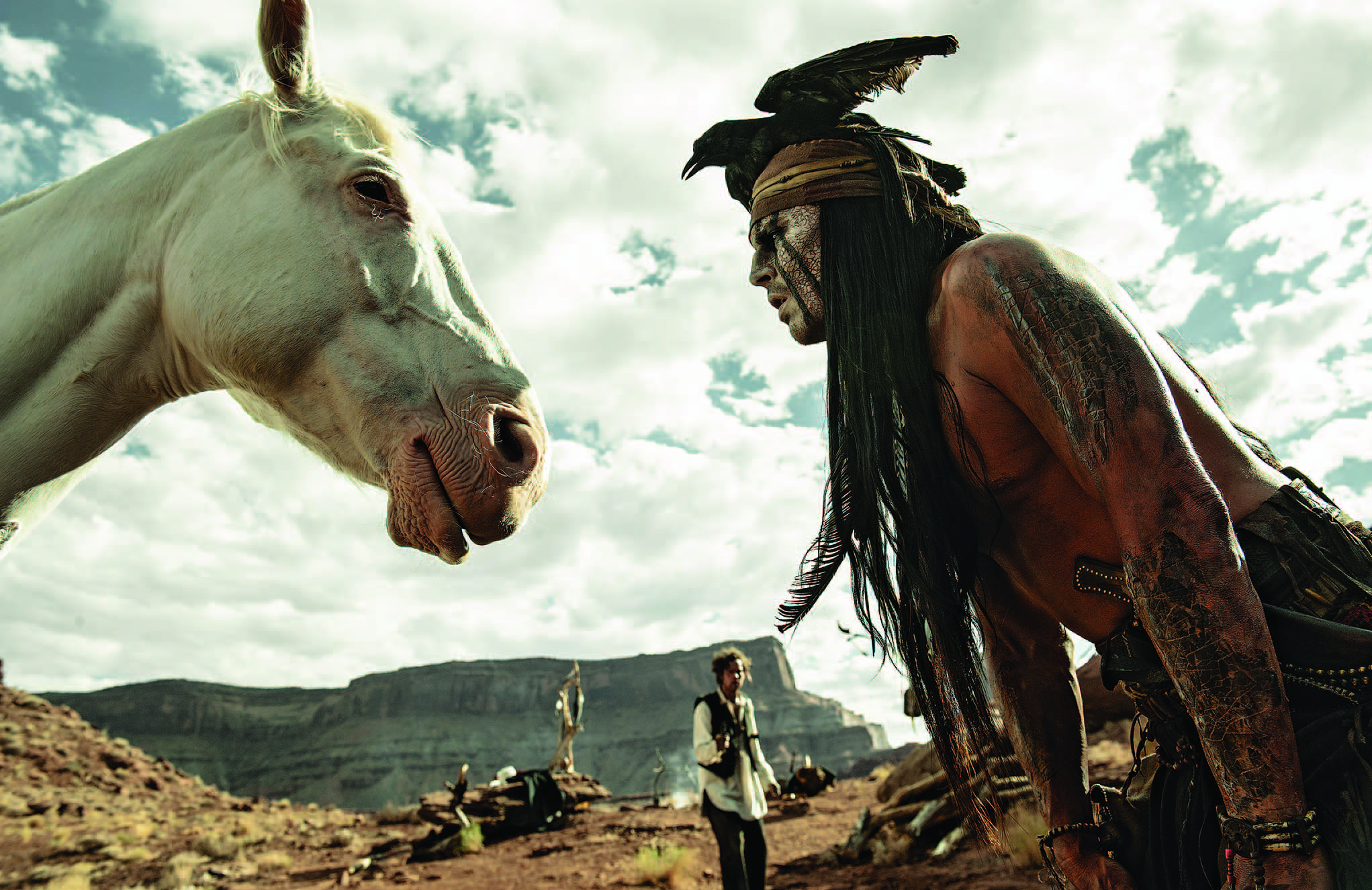
The old TV series used to ask at the end of every episode, “Who was that masked man, anyway?” If you haven’t been following his career, you might ask the same about the fresh-faced Armie Hammer, who met up with C&I at the Sunset Marquis in Hollywood just days before the Academy Awards to discuss what it was like to don the mask. Only 25 at the time of filming, the actor admits he felt like the new kid on the block in a production full of veterans. But he’s no novice.
The great-grandson of oil tycoon, art collector, and philanthropist Armand Hammer, Armie already has an impressive résumé. His credits include The Social Network (his breakout role as the Winklevoss twins), the Snow White adaptation Mirror Mirror (as Prince Andrew Alcott), Clint Eastwood’s J. Edgar (as FBI director Hoover’s right hand and rumored lover), Billy: The Early Years (as a young Billy Graham), as well as the TV series Veronica Mars, Gossip Girl (his first recurring part), Reaper, and Desperate Housewives.
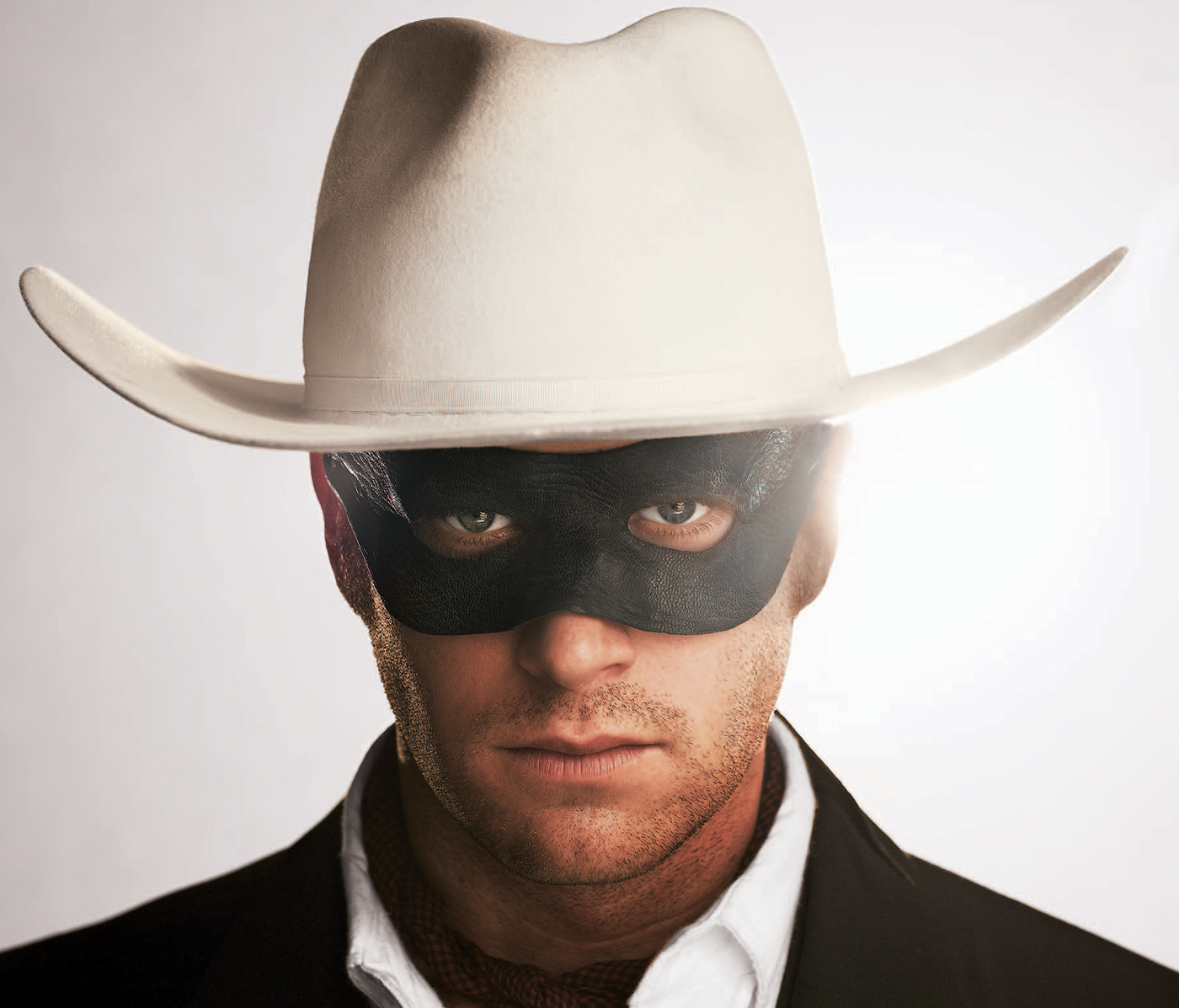
In the colorful and quirky reboot of The Lone Ranger, Hammer has the title role, but the story is told through the eyes of Tonto, who narrates the entire adventure, recounting what Disney describes as “the untold tales that transformed John Reid, a man of the law, into a legend of justice.” Credit that point of view to director Verbinski, who, faced with the challenge of making The Lone Ranger, saw an opportunity to turn the iconic story on its head and reinvent it. “Everyone has heard about the Lone Ranger,” the director told USA Today, “but not from the only other who was there — Tonto.”
The result is a version that Hammer has described as the “rock-and-roll Lone Ranger” (in which, by the way, he gets to ditch the jumpsuit for a three-piece suit and grow a little stubble). The plot is partly faithful to the original mythos, partly full-gallop unconventional invention. Tonto finds a seriously wounded John Reid, the lone (as in only) Texas Ranger to have lived through a massacre of seven other rangers.
This is not their first meeting: In a strange twist of fate, Reid once rescued Tonto. Now the Comanche Indian returns the favor. Through Native medicine and magic, Tonto — “an odd-shaman, an outcast from his own tribe, who has created his own mystical world,” as Verbinski told USA Today — brings Reid back to good health. “I buried you,” he tells Reid. “Why am I alive?” Reid asks. “Horse says you are a spirit walker — a man who has been to the other side and returned. A man who cannot be killed in battle,” Tonto replies, speaking softly to a beautiful white horse, who Reid names Silver. “People think you are dead. Better to stay that way.”
Gazing over the once pristine countryside, now in deep turmoil over the forging of the transcontinental railroad, Tonto realizes that an ordinary lawman is bound by his badge to work within the law. But he reasons that Reid, wearing a disguise to conceal his identity, might work outside of the law to bring justice to a now-savage land. “There come a time when good man must wear mask,” Tonto tells Reid. “If we ride together, we ride for justice,” Reid replies. “Justice is what I seek, Kemo Sabe,” Tonto declares. And thus is born the legendary partnership.
“We’re telling the genesis story,” Hammer told Empire magazine. “It’s very true to the original — a group of rangers get ambushed and they’re all killed except one, and he gets nursed back to health by an Indian scout.” Reid, Hammer explained, is an Eastern-educated lawyer who goes west with a noble idea of what justice is — “that you don’t just gun down wrongdoers, that everyone deserves a trial. At first he doesn’t believe in guns, but then he’s like, ‘Oh my God, I just got shot at! This doesn’t work at all.’ It’s amazing what getting shot at will do to you.”
If the original Lone Ranger gave short shrift to Tonto and had Jay Silverheels playing a monosyllabic sidekick to Clayton Moore’s dynamic Kemo Sabe, the new movie elevates the faithful Indian companion to supernaturally sage (and slightly strange) Indian warrior. As Hammer explained in an interview with MTV: “It’s a lot more balanced than the original show, where the Ranger would tell Tonto what to do, and he would say, ‘Me do,’ and run away. Nobody was thrilled with that, and Johnny especially wasn’t thrilled with that. This is more like a buddy comedy; there’s give and take, and push and pull, between these two guys. They’re a team, so when it comes down to it, they’re willing to do what it takes to get the job done. It’s a great relationship between the two of them. It’s very fun, almost a Midnight Run vibe, where you have two guys with one goal but very different ways of going about it.”
Although the film is titled The Lone Ranger, Depp is emphatic that Tonto is not a stereotype or supporting character. “The whole reason I wanted to play Tonto,” he told Entertainment Weekly, “is to try to [mess] around with the stereotype of the American Indian that has been laid out through history, or the history of cinema at the very least — especially Tonto as the sidekick, the Lone Ranger’s assistant. As you’ll see, it’s most definitely not that.”
“It’s a dysfunctional buddy movie,” Verbinski told USA Today. “It’s two guys who start literally and figuratively handcuffed together who end up on the same mission with completely different world views. They sort of rub off on one another. But they have plenty of disagreements.”
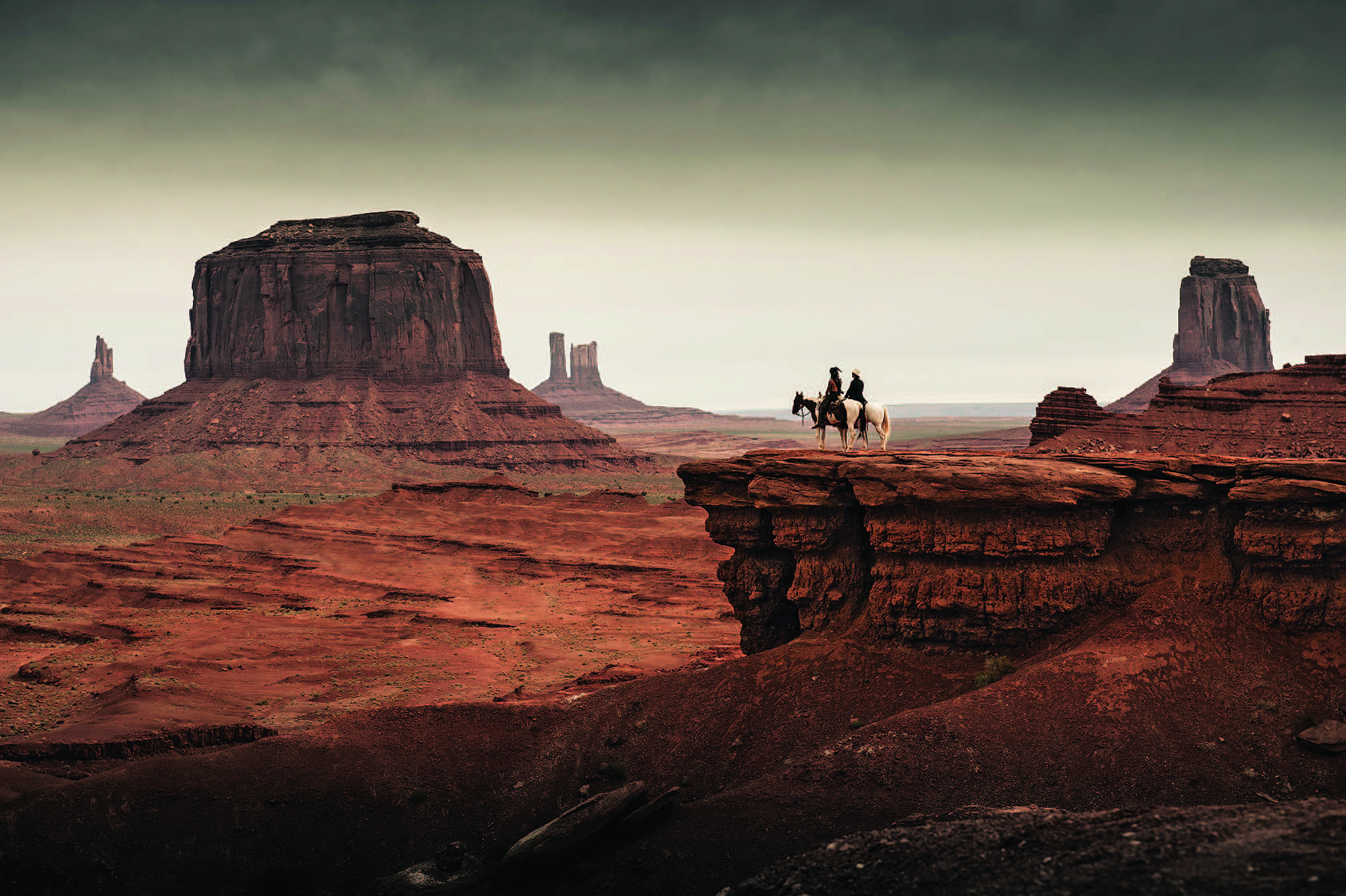
And loads of locations to have them in. Shooting took place in Colorado; Moab, Utah (where the production pulled off a shot of 50 horsemen riding 50 abreast for a scene); the Rio Puerco Valley in New Mexico; and Arizona. Even a veteran like Bruckheimer was awed by making a movie in the same locations that have forever been imprinted on the American psyche from classic movies like My Darling Clementine, The Searchers, and Stagecoach.
“Shooting in Monument Valley — John Ford country — with these spectacular backdrops and beautiful scenery, it’s amazing how the Native Americans have been able to keep the land sacred and not let developers ruin America’s treasures,” Bruckheimer tells C&I. “Monument Valley and Canyon de Chelly are both sacred Navajo areas in Arizona. We had a great relationship with the park service there, and the leaders of the Navajo Nation came to visit and bless the set. During the filming Johnny was adopted by the Comanche in a small ceremony that I was lucky enough to be invited to watch.”
In a Hollywood career that’s seen and done it all, that was a first for Bruckheimer. Less out of the ordinary were the huge special effects, extensive locations, and the budget and production headaches that come with grand visions. In addition to the 140-plus days of shooting (it was reported that Verbinski “likes to shoot and shoot and shoot”) and the $250 million (or more) price tag, “We dealt with winds up to 70 miles an hour, rain, snow, and even wildfires — all the while creating huge scenes with galloping horses, great battles, and the building of the transcontinental railroad,” Bruckheimer says.
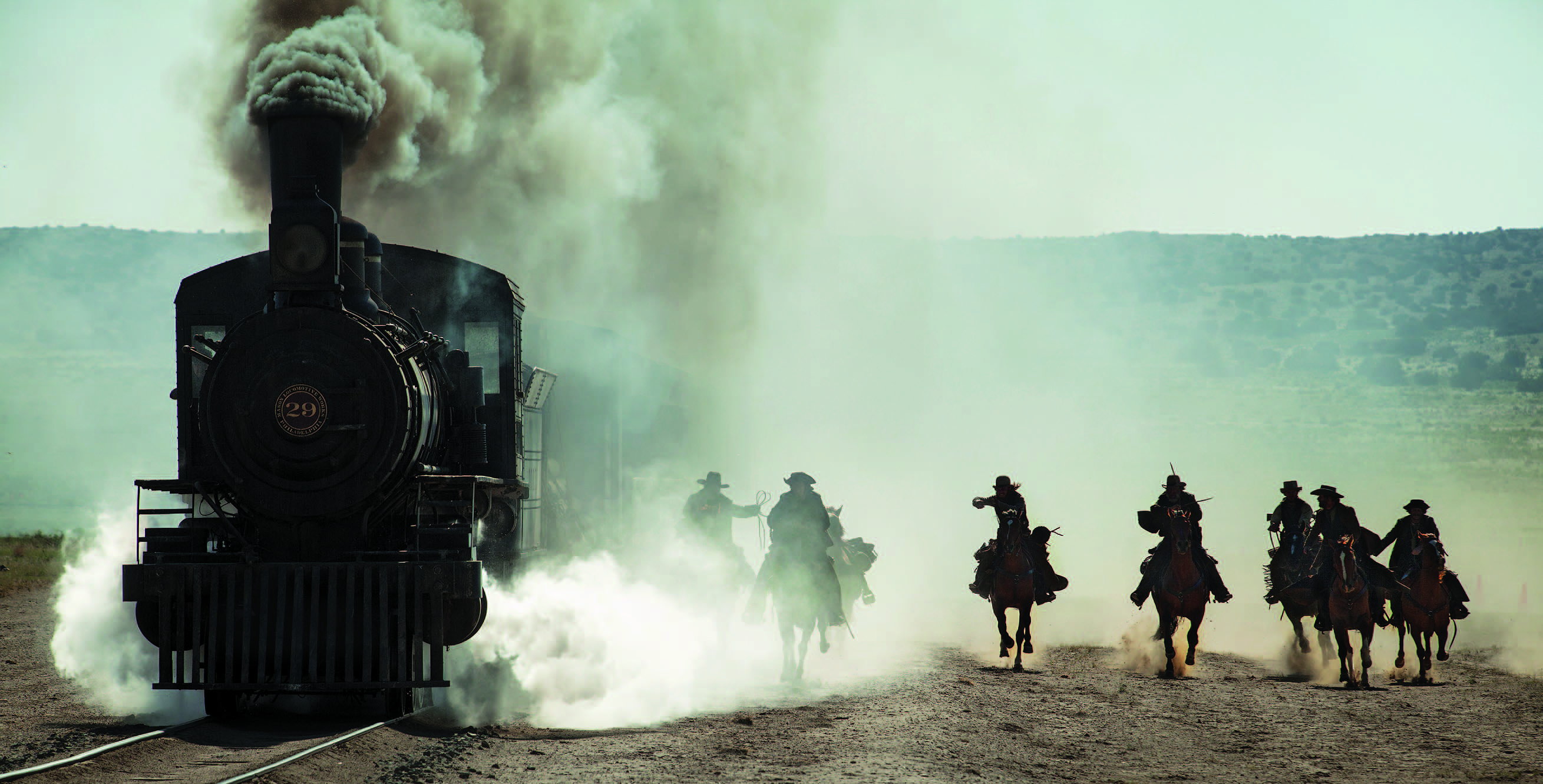
To save time and money, the production actually had a circular five-mile train track built outside of Albuquerque so that the cosmetically accurate historical train wouldn’t have to turn around and delay shooting while it made its way back. “We were on location months before we started filming, rented some land for the duration of the shoot, and had some excellent people come in and build the track for us so we could run our locomotives and trains continuously,” Bruckheimer says. “Being in a loop saved us a lot of production time.”
Bruckheimer was on the set every day reining in the budget while Verbinski kept the production together. Hammer remembers: “I have a very clear image of Gore toward the end of the movie, with scruffy beard, chomping on a cigar saying, ‘We’re making this movie. No one is going to stop us.’ ”
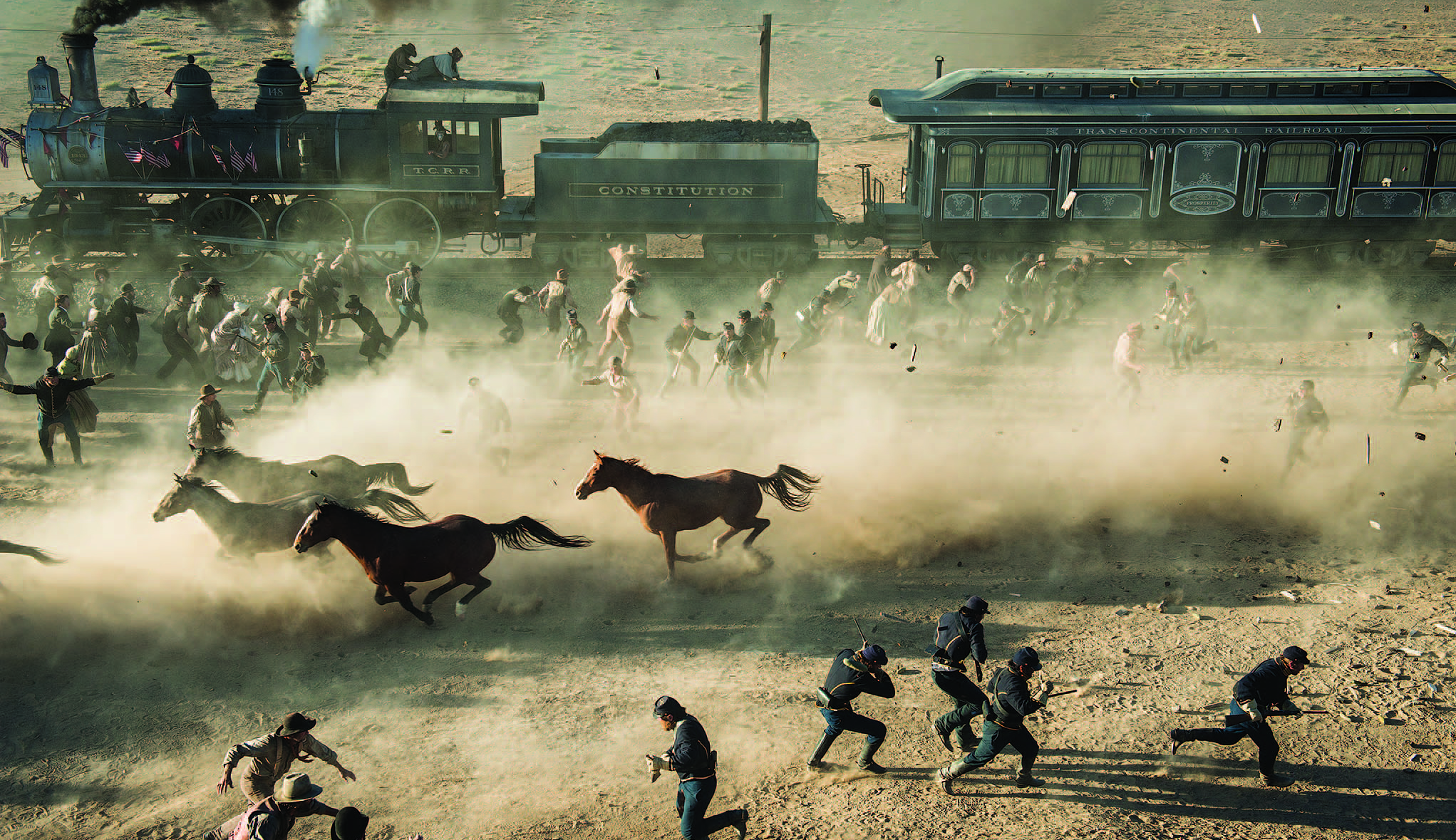
Getting the movie in the can required lots of long hours and difficult conditions. In lots of bad weather. On horseback. Though Hammer has ridden since the age of 6 and Depp grew up around horses, both actors attended Cowboy Camp during preproduction several weeks before principal photography began. The duo had to learn how to ride through vast sandy deserts, across rugged terrain, and up rocky mountains and cliffs. Bruckheimer gives Hammer high marks: “At the end of camp he could ride as well as any of the stuntmen. It looked like he had been on a horse for his entire life. And he had learned how to use guns and lassos and jump onto the back of a horse.”
Hammer confesses that the horseback stunts were quite a challenge (he prepared with intense cycling to build up his legs and toughen up his seat). Depp, he says, had it even harder because he had to ride practically bareback without stirrups to maintain his balance. “There was a lot of riding that Johnny did, and he did it very well,” Hammer says, “but for some of the most difficult and faraway scenes, production used a Blackfoot Indian stunt rider.” Which doesn’t mean Depp didn’t do a lot of dangerous riding himself; in fact, he told David Letterman that he was lucky to survive a near-death incident filming one scene that could have left him “horrifically mangled at the very least.”
Hammer performed most of his own stunts, including riding his horse through a train, rearing on top of a building, and galloping up a mountain at full speed. And, in what Hammer says was the most difficult stunt of the shoot, he did, in fact, jump from quite a height into the saddle of his famed horse, Silver. “I had to jump off of a staircase and onto the back of the horse, conforming strictly to animal rights laws, which had specific height requirements,” Hammer says. “The first six or seven times I tried this stunt I landed right on the horn.”
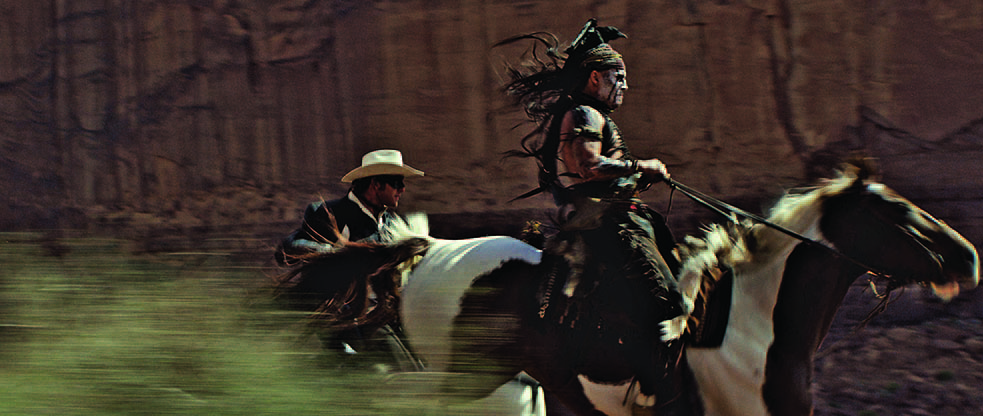
Hammer has nothing but praise for the wranglers who managed all the horses, and for the horses themselves, whom he describes as actors in their own right who are able to hit their marks like pros. “Silver is a big part of the movie and a character unto himself,” Hammer says. “There’s a scene where Tonto and I are buried up to our necks and scorpions come out of the ground and crawl across our faces, and our horses had been trained to bend down and wipe them off of us. And there was another scene when a full cavalry battalion galloped past Johnny and me when we were buried in sand again with hooves landing right next to our ears and the ground was rumbling all around us. These were some of the best riders and most well-trained horses I’ve ever worked with.”
And if Hammer was a little hesitant about that first “Hi-yo, Silver!” on his rearing steed, he pulled it off. “Right before the horse threw its legs up in that scene, the thought went through my head, I’m really about to yell this right now,” Hammer told USA Today. “As the horse landed, the whole crew roared. Johnny told me, ‘That was blankety-blank awesome.’ ”
When he’s not working, Armie Hammer can often be found riding. He and wife Elizabeth Chambers have a family ranch near San Antonio (where they also own a bakery), and he keeps an old horse there named Rambo. “I did not name him that!” Hammer stresses. “He’s an old military color guard horse, and once these horses get to be a certain age they’re retired. So we made a donation to the base and I was gifted with one of their horses. He is so gorgeous and just huge. I’m 6-foot-5 and Rambo is plenty big enough for me; he must be at least 17 hands high.
“When you ride you really have to be in the moment and be constantly aware of what is in front of you. I learned to ride bareback before the age of 10 and was soon riding at a full gallop and remember thinking how amazing that freedom and speed was — until I thought, How do I stop? My wife calls this love for speed my ‘frontal lobe issue’ as at my age it may not be fully developed yet.”
He is, after all, only 26 now — too early in his promising career to have already experienced the highlight of what promises to be a long run in Hollywood. But Hammer waxes nostalgic and sounds like a cross between a career veteran and a kid in a candy store when he turns the conversation back to The Lone Ranger.
“It was so amazing to be able to do a big western like The Lone Ranger. They don’t make many movies like this anymore. Westerns are exclusively American. This country was the last frontier, and to be able to spend six months on the Western frontier, finding a sense of self-worth and exploration, was an experience I’ll probably never have again. I liken the western shot on location to an authentic bourbon. It can only be made in Bourbon County, Kentucky; if not, it’s just whiskey.”
We’ll have two fingers, neat, and drink to the authentic western. Long may it ride.
From the May/June 2013 issue.



